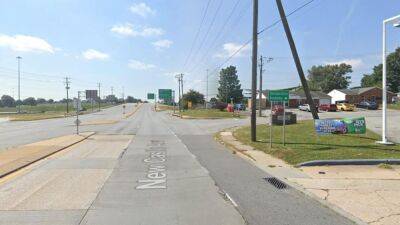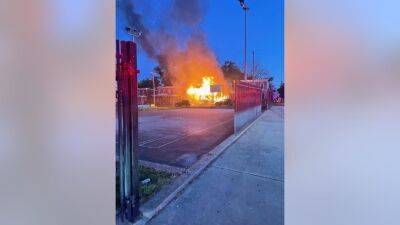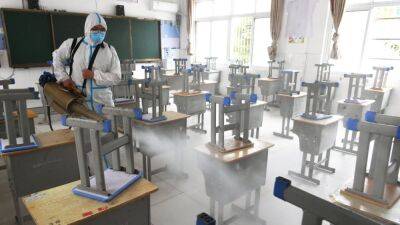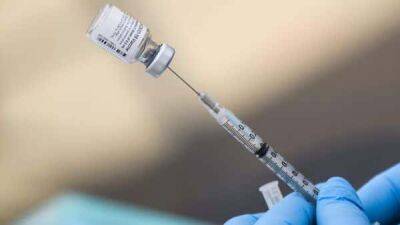Cleaner air leads to more hurricanes in the Atlantic, study finds
Cleaner air in United States and Europe is brewing more Atlantic hurricanes, a new U.S. government study found.The National Oceanic and Atmospheric Administration study links changes in regionalized air pollution across the globe to storm activity going both up and down.
A 50% decrease in pollution particles and droplets in Europe and the U.S. is linked to a 33% increase in Atlantic storm formation in the past couple decades, while the opposite is happening in the Pacific with more pollution and fewer typhoons, according to the study published in Wednesday’s Science Advances.NOAA hurricane scientist Hiroyuki Murakami ran numerous climate computer simulations to explain change in storm activity in different parts of the globe that can’t be explained by natural climate cycles and found a link to aerosol pollution from industry and cars — sulfur particles and droplets in the air that make it hard to breathe and see.Scientists had long known that aerosol pollution cools the air, at times reducing the larger effects of greenhouse gases from the burning of fossil fuel and earlier studies mentioned it as a possibility in increase in Atlantic storms, but Murakami found it a factor around the world and a more direct link.FILE - In this satellite image provided by NOAA, Hurricane Florence churns through the Atlantic Ocean toward the U.S.
East Coast, followed to the east first by Hurricane Isaac and then Hurricane Helene on Sept. 11, 2018. (NOAA via Getty Images)Hurricanes need warm water — which is warmed by the air — for fuel and are harmed by wind shear, which changes in upper level winds that can decapitate storm tops.
Read more on fox29.com















































